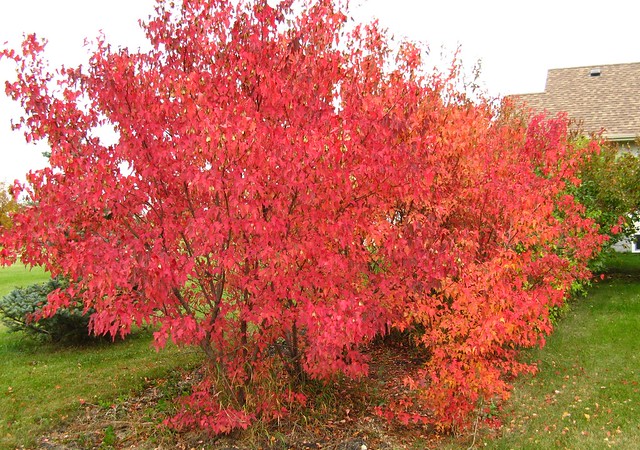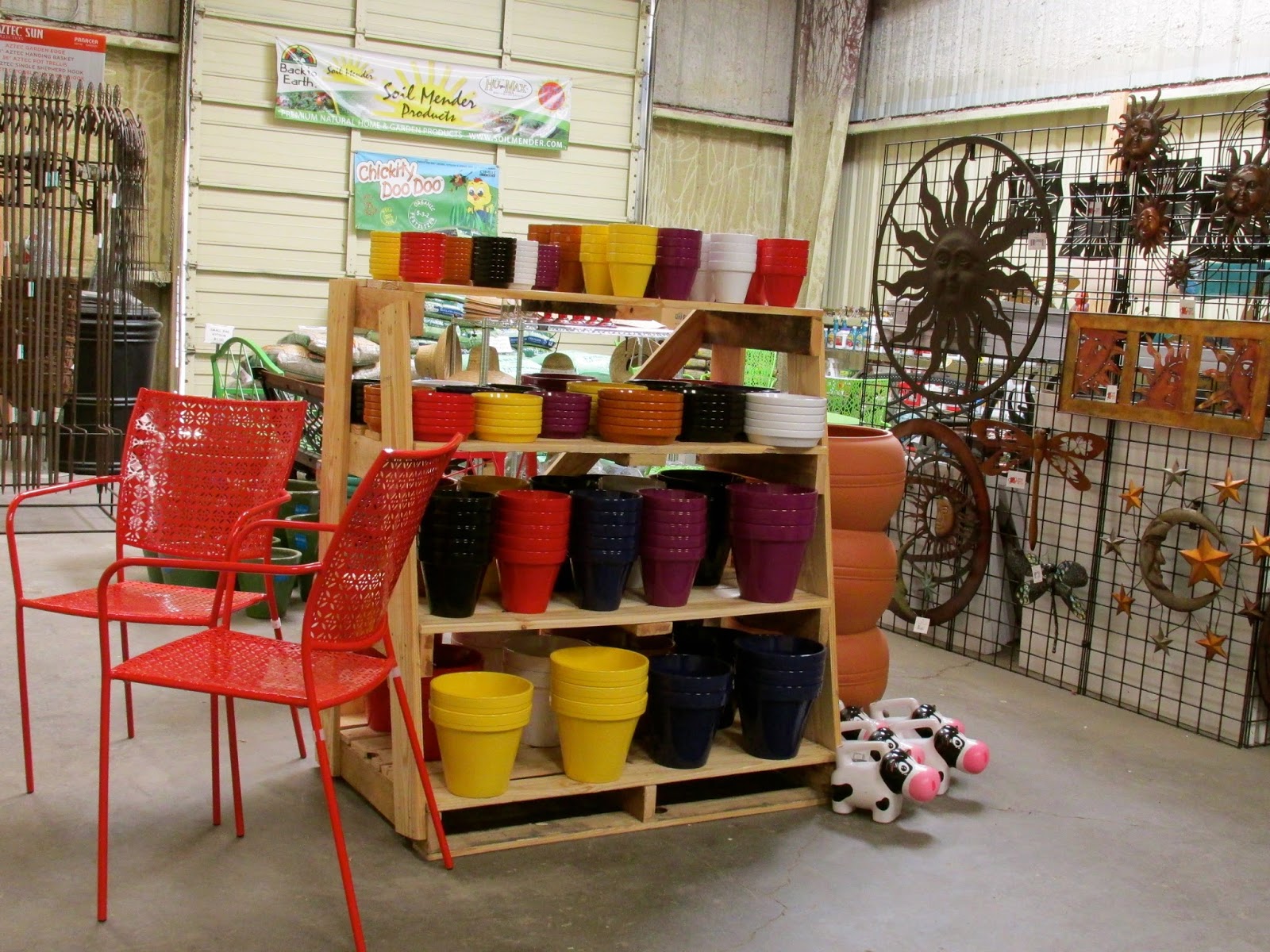Xeriscape. Whether you are converting an existing landscape or starting from scratch, xeriscaping is the way to go. Please do not mistake 'xeri' for zero. XERIscapes are lush and beautiful incorporating a wide variety of water efficient plants to create an oasis-like feeling. ZEROscapes use a few yuccas and cactus in a sea of heat retaining rock.
The next step is the plant step. Group plants according to their water needs. You may want to start with a mini-oasis near your home and decrease water use as you get further away. Decide the shape, size, water use and function of the plants you want and come to the nursery with that list to browse. We carry many drought tolerant native and non-native plants and provide you with a detailed planting guide to carry you through this step. Keep in mind that all native plants are not drought tolerant. Some exist naturally as understory plants or in riparian areas and tend to be moderate to even high water users.
Step four is to create appropriate turf areas. Decide how much grass, if any, will provide a functional benefit. If you need to plant a small lawn choose waterwise Buffalo and/or Blue Gramma. Existing turf areas can be replaced by colorful ground covers or mulch.
The fifth step is efficient irrigation. Install the appropriate irrigation system for the most effective watering. Turf areas are best watered by sprinklers, beds with bubblers and trees, shrubs and ground covers by drip emitters. If you must water by hand invest in a galvanized oscillator, water wand and a metal bubbler to cover all of your watering needs.
Step six is the one I write about all of the time. MULCH, MULCH, MULCH. Mulches cover the soil and reduce evaporation, maintain an even temperature and minimize weeds. Mulches include bark, compost and rock.
PLANT OF THE MONTH:
Acer ginnala. The Amur Maple is a deciduous shrub that grows at a moderate rate to a height of 15 feet and can be pruned into a small tree. This Manchurian native blooms with small clusters of fragrant yellow flowers in early spring followed by red, winged seedpods. The toothed leaves are three lobed and 2-3" long. Being a true Maple the red fall color is spectacular. It is very cold hardy to at least 30 degrees below zero and a moderate water user. Plant this shrub outside a window where you can enjoy the fragrant flowers and fall color or, in tree form, off a patio for light shade.














